Can Wireless Cameras Work Without Internet?
In today's technologically advanced world, wireless cameras have become an essential tool for security and surveillance. They offer the convenience of remote monitoring and the flexibility of installation without the need for extensive wiring. However, a common question that arises is whether these wireless cameras can function without an internet connection. This article aims to explore this topic in depth, providing a comprehensive understanding of how wireless cameras operate, the scenarios in which they can work without internet, and the limitations and benefits of such setups.
Understanding Wireless Cameras

Wireless cameras, as the name suggests, are cameras that transmit video and audio signals wirelessly to a receiver. These cameras can be broadly categorized into two types: Wi-Fi cameras and non-Wi-Fi wireless cameras. Wi-Fi cameras connect to the internet via a Wi-Fi network, allowing users to access live feeds and recordings remotely through smartphones, tablets, or computers. Non-Wi-Fi wireless cameras, on the other hand, use other wireless technologies such as Bluetooth or proprietary radio frequencies to transmit data to a local receiver or storage device.
Can Wireless Cameras Work Without Internet?

The short answer is yes, wireless cameras can work without an internet connection. However, the functionality and features available in such a setup will vary depending on the type of camera and the specific requirements of the user. Let's delve into the different scenarios where wireless cameras can operate without internet and the implications of each.
Local Storage

One of the primary ways wireless cameras can function without internet is through local storage. Many wireless cameras come equipped with SD card slots or internal storage, allowing them to record and store footage locally. In this setup, the camera captures video and saves it directly to the storage device, which can be accessed later for review. This method is particularly useful for users who do not require real-time monitoring or remote access to the footage.
Advantages:
- No dependency on internet connectivity.
- Reduced risk of hacking or unauthorized access.
- Continuous recording even during internet outages.
Disadvantages:
- Limited storage capacity, requiring periodic manual deletion or transfer of footage.
- Inability to access live feeds or recordings remotely.
Local Network (LAN) Setup
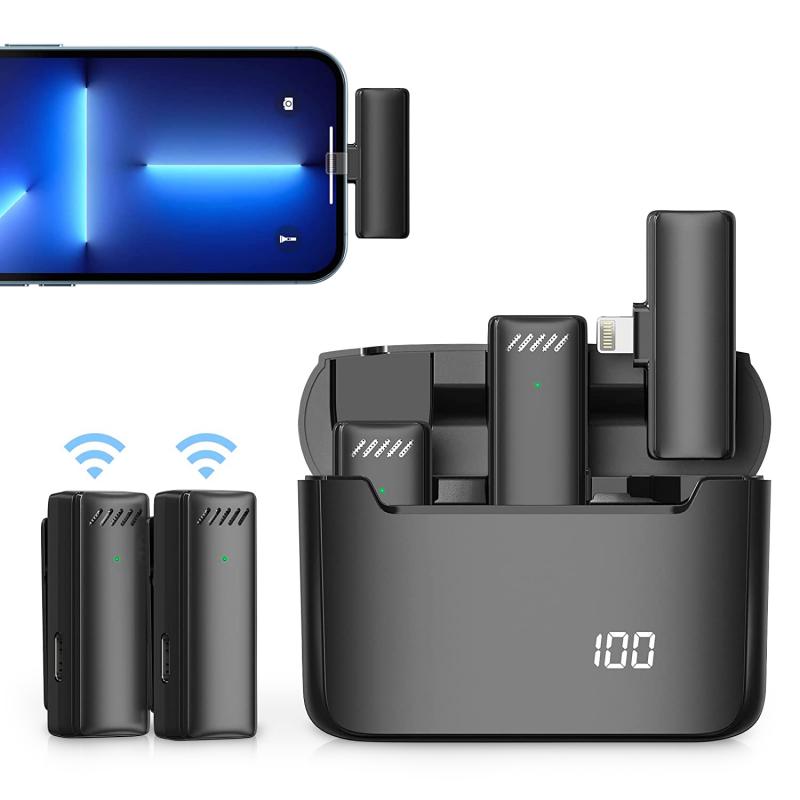
Another way wireless cameras can operate without internet is through a local area network (LAN) setup. In this configuration, the cameras connect to a local network, such as a home or office Wi-Fi network, without requiring internet access. Users can then access the camera feeds through devices connected to the same network, such as computers or smartphones.
Advantages:
- Real-time monitoring within the local network.
- Enhanced security as the footage is not transmitted over the internet.
- Suitable for closed environments like homes, offices, or warehouses.
Disadvantages:
- Limited to local network access, restricting remote monitoring.
- Requires a functioning local network infrastructure.
Direct Connection to a Monitor or DVR
Some wireless cameras can be directly connected to a monitor or a digital video recorder (DVR) without the need for internet. This setup is common in traditional CCTV systems where cameras transmit signals to a DVR, which then displays the footage on a connected monitor. Modern wireless cameras with similar capabilities can offer the same functionality without the need for extensive wiring.
Advantages:
- Direct and continuous monitoring on a dedicated screen.
- No dependency on internet or network infrastructure.
- Suitable for real-time surveillance in specific locations.
Disadvantages:
- Limited flexibility in accessing footage remotely.
- Requires physical setup and maintenance of the monitor or DVR.
Limitations of Wireless Cameras Without Internet
While wireless cameras can function without internet, there are certain limitations to consider. Understanding these limitations can help users make informed decisions based on their specific needs and circumstances.
Limited Remote Access
One of the most significant limitations of using wireless cameras without internet is the inability to access live feeds or recordings remotely. This means that users cannot monitor their property or premises while they are away, which can be a crucial feature for many.
Storage Constraints
Local storage options, such as SD cards or internal memory, have limited capacity. This requires users to regularly manage the storage by deleting old footage or transferring it to other devices. Failure to do so can result in the camera stopping recording once the storage is full.
Lack of Advanced Features
Many advanced features of modern wireless cameras, such as cloud storage, motion detection alerts, and AI-based analytics, rely on internet connectivity. Without internet, these features may be unavailable, limiting the overall functionality of the camera.
Benefits of Wireless Cameras Without Internet
Despite the limitations, there are several benefits to using wireless cameras without internet, particularly in specific scenarios where internet connectivity is unreliable or unavailable.
Enhanced Security
By not transmitting data over the internet, wireless cameras without internet reduce the risk of hacking or unauthorized access. This can be particularly important for sensitive locations where data security is a priority.
Reliability
Wireless cameras that operate without internet are not affected by internet outages or connectivity issues. This ensures continuous recording and monitoring, which can be critical for security purposes.
Cost Savings
Using wireless cameras without internet can result in cost savings by eliminating the need for internet service plans or cloud storage subscriptions. This can be beneficial for users with budget constraints or those who do not require advanced features.
Practical Applications
There are several practical applications where wireless cameras without internet can be highly effective. Understanding these applications can help users determine if such a setup is suitable for their needs.
Remote or Rural Areas
In remote or rural areas where internet connectivity is limited or unavailable, wireless cameras with local storage or LAN setups can provide effective surveillance solutions. These cameras can monitor properties, farms, or construction sites without relying on internet access.
Temporary Installations
For temporary installations, such as events, construction sites, or temporary offices, wireless cameras without internet can offer a quick and flexible surveillance solution. These cameras can be easily set up and moved as needed without the need for extensive network infrastructure.
High-Security Environments
In high-security environments where data privacy is paramount, using wireless cameras without internet can enhance security by preventing data transmission over the internet. This can be particularly important for government facilities, research labs, or sensitive corporate environments.
Wireless cameras can indeed work without internet, offering various functionalities and benefits depending on the specific setup and requirements. While there are limitations to consider, such as limited remote access and storage constraints, the advantages of enhanced security, reliability, and cost savings make them a viable option for many users. By understanding the different scenarios and practical applications, users can make informed decisions and choose the right wireless camera setup to meet their surveillance needs. Whether for remote areas, temporary installations, or high-security environments, wireless cameras without internet provide a flexible and effective solution for modern security challenges.

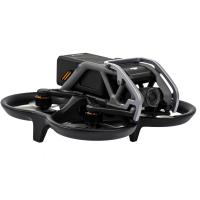
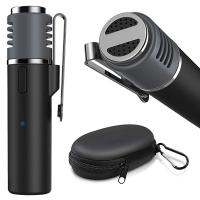
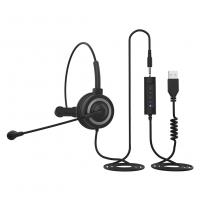

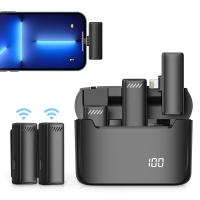




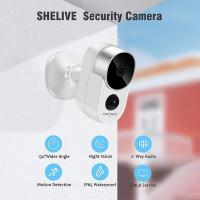


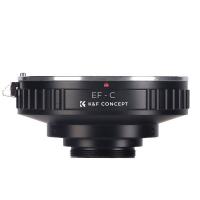

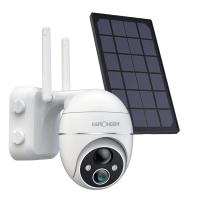
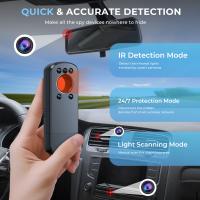


There are no comments for this blog.